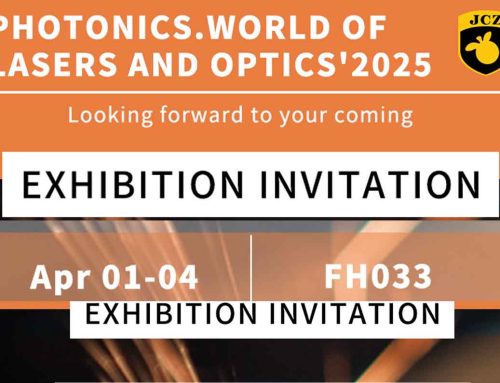Pulsed lasers are a type of laser that emits light in short bursts or pulses, as opposed to continuous emission. These pulses can vary in duration, from nanoseconds to picoseconds, depending on the application. Pulsed laser technology has numerous applications across various industries, including medical treatments, material processing, and scientific research. One of the more advanced forms of pulsed laser technology is the picosecond laser, which delivers pulses on the scale of one trillionth of a second (10^-12 seconds), enabling incredibly precise operations.
What is a Pulsed Laser?
A pulsed laser is a laser that releases energy in pulses rather than a continuous beam. This technology is commonly used where short bursts of energy are needed to perform precise tasks without causing damage to surrounding materials. The pulse duration, frequency, and intensity can all be adjusted to suit specific applications, making pulsed lasers incredibly versatile. They are used in areas ranging from dermatology to manufacturing and scientific research.
The Advancements of Picosecond Lasers
Picosecond lasers represent a significant advancement in pulsed laser technology. With pulse durations in the picosecond range, these lasers are capable of performing highly precise tasks with minimal thermal effects. This makes picosecond lasers ideal for applications that require fine precision, such as skin resurfacing, laser engraving, and micromachining.
The ultra-short pulses of a picosecond laser allow it to interact with materials on a molecular level, often causing material to break apart without significantly heating it. This characteristic makes picosecond lasers especially effective in delicate processes like tattoo removal and laser surgery.
The Role of Laser Pulsers in Various Applications
A laser pulser is a device that is used to generate and control the pulses emitted by a laser. It is often used in conjunction with high-power lasers like picosecond or femtosecond lasers. The laser pulser controls the timing and energy of each pulse, making it possible to achieve the desired effect, whether in medical treatments, laser machining, or scientific experiments.
In industrial applications, laser pulsers can be used to improve the precision of cutting, welding, or engraving. For instance, in materials processing, adjusting the pulse duration and energy allows operators to control how deeply the laser penetrates the material, improving the overall quality and precision of the process.
The Versatility of Pulsed Lasers
A puls laser (short for pulsed laser) can be used in various industries, including:
- Medical Field: Pulsed lasers, especially picosecond lasers, are used in dermatology for tattoo removal, skin rejuvenation, and laser surgery. The ability to control the pulse duration allows doctors to target specific tissues without damaging surrounding areas.
- Material Processing: Pulsed lasers, such as those used in microfabrication, allow for precise cutting, drilling, and engraving. Because these lasers can focus their energy on a very small spot, they can be used to manufacture intricate components for electronics, jewelry, and other industries.
- Scientific Research: Pulsed lasers are often used in spectroscopy and other types of material analysis, as the short bursts of energy help scientists study the characteristics of materials at a molecular level.
The Unique Features of 450nm Lasers
The 450nm laser refers to a blue laser with a wavelength of 450 nanometers. This wavelength falls within the blue region of the visible spectrum, making it particularly effective for certain applications. Blue lasers, like the 450nm laser, are used in a variety of fields, including:
- Laser Projectors: The 450nm laser is commonly used in laser projectors for its brightness and ability to display vibrant colors.
- Material Processing: In the field of materials science, the 450nm laser can be used for high-precision cutting, engraving, and marking on various materials.
- Medical Applications: Some types of 450nm lasers are used in medical applications, such as in eye surgeries or photodynamic therapy, where precision and energy control are crucial.
The 450nm wavelength is particularly effective for certain materials that respond well to blue light, such as certain metals and polymers. This makes it a popular choice for high-precision tasks that require fine detailing.
Conclusion: The Future of Pulsed Laser Technology
Pulsed laser technologies, including picosecond lasers, laser pulsers, and 450nm lasers, are continuing to advance and revolutionize industries across the board. The ability to control pulse duration, energy, and frequency allows these lasers to be used for incredibly precise tasks in fields ranging from medicine to manufacturing. As these technologies continue to develop, they will likely become even more integral in improving the precision and efficiency of processes across various industries.
由用户投稿整理稿件发布,不代表本站观点及观点,进行交流学习之用,如涉及版权等问题,请随时联系我们(yangmei@bjjcz.com),我们将在第一时间给予处理。






